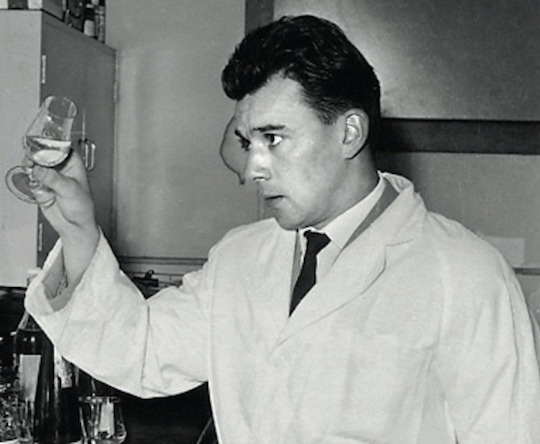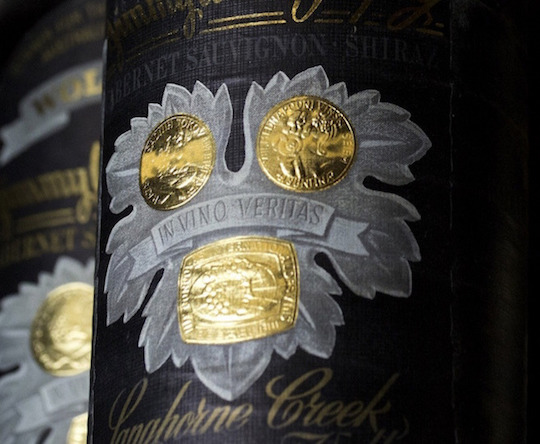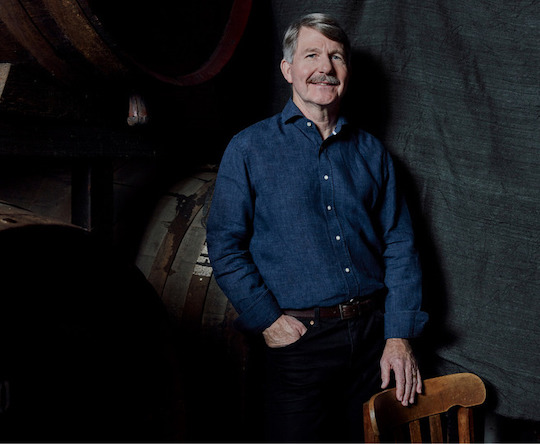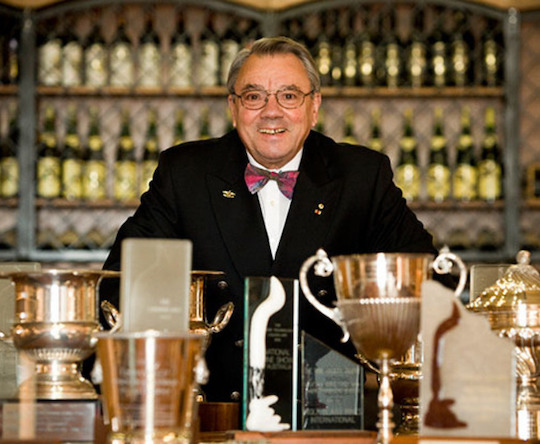Mathematician John Terilla knows that the chase for breakthroughs has no guarantees, that others have spent their lives on similar problems with varying degrees of success. So how does this City University New York professor stay so driven? We talked to the Cabernet lover about his passion for mathematics and how he navigates uncertainty.
WHEN DID YOUR PASSION FOR MATHEMATICS START?
I’ve always been interested in mathematics. My mom tells stories of me when I was a little kid, that I did mathematical things from an early age. I always liked looking at clocks, figuring out things like 5 x 12 is 60, and so is 4 x 15 and 2 x 30. I liked that type of arithmetic as a kid.
I was interested in mathematics in high school. I entered college as a math major, I studied math and went to graduate school. I know it's not uncommon for students to be undecided and explore different subjects but I’ve always been really interested in math.
SO WHAT DOES YOUR TYPICAL WEEK LOOK LIKE?
I usually arrange it so I give my lectures two days a week and spend the rest of the week on research. In summertime, I don’t teach and just do research. So that’s a really productive time.
WHAT WERE YOU WORKING ON IN THE WOLF BLASS SHOOT?
I was working on a problem I call ‘homotopy probability theory’. In a really surprising development, it looks like there’s a relationship between homotopy probability theory and fluid flow – the flow of air or blood through blood vessels. It turns out there’s a connection between the two and I was working on some analytic details of that connection.
WHAT ARE YOUR HOPES FOR THIS RESEARCH?
I always try to understand things I don’t understand. There’s this idea that mathematicians walk around in a state of confusion all the time. You wander around and you’re always confused about something and, little by little, you start to understand more and more. There’s always more to understand. So trying to understand the things that I don’t understand is what I expect to get out of it.
HOW OFTEN DO MATHEMATICAL BREAKTHROUGHS HAPPEN?
There are breakthroughs of different sizes. You can have small breakthroughs once a year. But really great ideas come less frequently.
Sometimes there are long periods where you’re not really making progress. You can always work on things, but then breakthrough moments happen unexpectedly – when you’re walking in the park or taking a shower. Sometimes it hits you and it’s a little bit unexpected.
SO HOW DO YOU PUSH THROUGH LONG PERIODS WHERE YOU’RE NOT GETTING THAT INSPIRATION?
That’s a good question, especially because you don’t know how long these periods will be. You don’t know whether it’s going to be two weeks, where you’re not inspired or have any progress, or whether it’s going to be two years. But there’s always things to do – write a paper, referee an article, teach a class, go for a run. That keeps you busy. You never know when you’re going to hear some idea, possibly in a different context, that’s going to make a small adjustment to the way you see things or plumb your intuition in a certain way.
WHAT HAS BEEN THE BIGGEST BREAKTHROUGH IN YOUR CAREER?
I remember proving a theorem while I was visiting a research institute in France, called IHES, one January. I was thinking about some aspect of quantum physics and I was treating it in a certain mathematical way, which I had been for years. I finally understood that it was incorrect and I understood why it was incorrect and that was kind of a turning point for me.
It was a very personal kind of triumph. It wasn't a medal-winning theorem. It didn’t land me a new prestigious professorship. It wasn’t that kind of triumph that makes a line on your resume. It was a personal triumph. I was chasing something in one direction and it really changed the direction of how I was thinking about things and put me back on course.
WHAT ARE YOUR HOPES FOR THE FUTURE?
This work I’m doing with fluids and homotopy probability – I’ve applied for a research grant which I’d really like to get. Because if I get it, I can get results faster. The grant would enable me to hire some post-docs who really know fluids and someone with expertise in programming large-scale supercomputers with parallel processing. I’d make much more progress on this problem than I could by myself.
WHAT ADVICE WOULD YOU GIVE BUDDING MATHEMATICIANS CHASING THEIR DREAM?
I think intuition is really important. If someone is training to become a mathematician, part of their training is very vigorous thinking that has a lot to do with logic. That kind of training is useful, but be careful that it doesn’t kill the really poetic part of mathematics, where it’s really driven by vision and intuition. I think vigorous proving of problems is slightly overrated, even though most mathematicians would agree it’s part of their job. Don’t kill vision and intuition with adherence to logic and proof.
It helps if you like what you do. If you love it, it’s kind of easy. My wife, for instance, she works in business and I think she probably has some idea of retiring some day. I don’t see myself retiring for any reason. Why would I? This is what I do. This is what I do because I like doing it.



